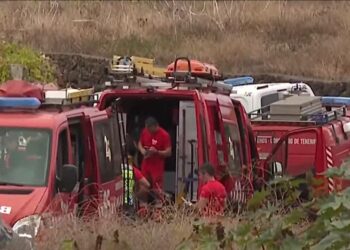
Santiago Ramón y Cajal (Navarra, 1852–Madrid, 1934)
He completed his primary education at the Escolapios school in Jaca and his secondary education at the Institute of Huesca, where he honed his skills in drawing natural subjects, which would later lead him to another of his interests: the mountains.
He obtained a degree in Medicine from the University of Zaragoza in 1873, the same year he began military service in the Health Corps, which saw him dispatched to Cuba.
Upon his return to Spain in 1875, he was appointed interim assistant in Anatomy at the University of Zaragoza, and two years later, he gained his doctorate from the University of Madrid with a thesis on the Pathogenesis of Inflammation.
In 1877, he secured the role of director of the Anatomical Museum of Zaragoza, a position he maintained until he was appointed to the chair of General Anatomy at the University of Valencia in 1883. Subsequently, he taught at the Universities of Barcelona in 1887 and Madrid in 1892.
As a physician specialising in histology and pathological anatomy, his contributions to understanding the central and peripheral nervous systems established him as the founding figure of modern neuroanatomy.
In 1907, he was appointed as the inaugural president of the Board for the Expansion of Scientific Studies and Research, a role he continued to fulfil until his passing.
He is recognised as the architect of a remarkable scientific and educational framework in Spain, including the Alfonso XIII National Hygiene Institute, the Public Instruction Council (1900), the Biological Research Laboratory (1900), and the Cajal Institute (1920).
In 1908, he was elected as a senator for the University of Madrid, and two years later, he became a senator for life. In 1910, he declined the opportunity to serve as Minister of Public Instruction.
In acknowledgment of his contributions, he was awarded the Grand Cross of Isabel la Católica (1890), the Grand Cross of Alfonso XII (1902), the Helmholtz Gold Medal from the Royal Academy of Berlin (1905), and the Moscow International Prize (1900). He authored over 200 articles in both national and international journals. His illustrations and writings have served as key resources for the training of countless medical professionals worldwide.
Among his notable publications are: Manual of Normal Histology and Micrographic Technique (1889), Manual of General Pathological Anatomy (1890), and Texture of the Nervous System of Man and Vertebrates (1904).
















